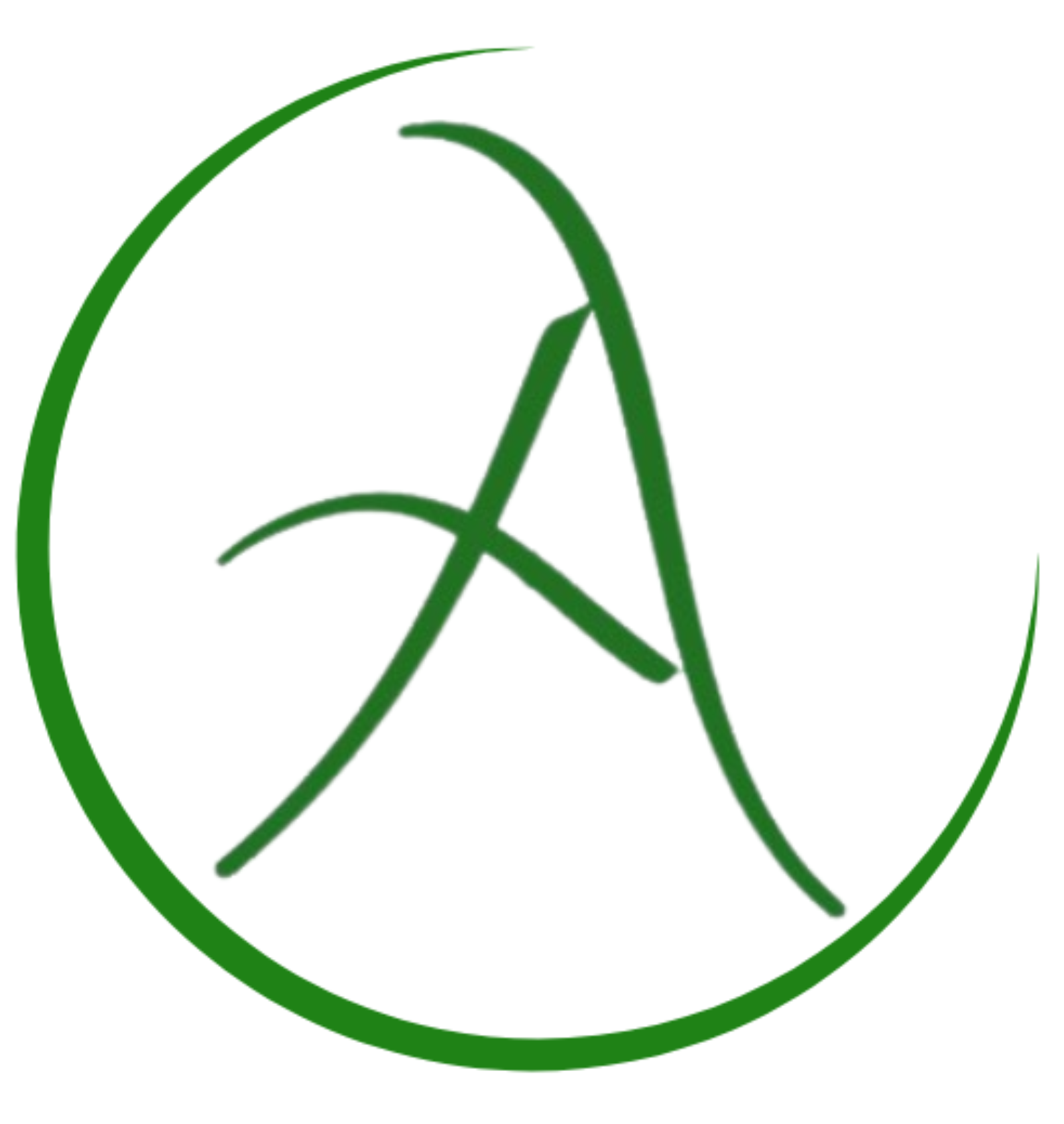Regenerative Economy
-
Module 01: Introduction1.1 Lesson-1: Interested in Regeneration?
-
1.2 Lesson-2: What is Regenerative Economy?
-
1.3 Lesson-3: Principles of Regenerative Economy9 المواضيع
-
1.3.1 Principle 1: Maintain strong, cross-scale circulation of key flows, such as energy, information, resources, and money.
-
1.3.2 Principle 2: Regenerative and sustained re-investment
-
1.3.3 Principles 3 & 4: Maintain Trustworthy Inputs and Healthy Outputs
-
1.3.4 Principle 5: Maintain a good balance between different types of organizations.
-
1.3.5 Principle 6: Maintain a balanced mix of resiliency and effectiveness.
-
1.3.6 Principle 7: Maintain sufficient diversity
-
1.3.7 Principle 8: Encourage cooperative relationships and principles that are shared by all
-
1.3.8 Principle 9: Encourage positive action and restrict speculative and overly extroverted behavior
-
Principle 10: Encourage efficient, flexible, group learning
-
1.3.1 Principle 1: Maintain strong, cross-scale circulation of key flows, such as energy, information, resources, and money.
-
1.4 Lesson-4: Towards Regenerative Economy1 اختبار
-
Module-02: Go Beyond the Circles2.1 Lesson-1: From Linear to Circular Economy
-
2.2 Lesson-2: The Nested System
-
2.3 Lesson-3: From Focusing on the Product to Focusing on the Process1 اختبار
-
Module-03: Regenerative Economy Mindset Shifting3.1 Lesson-1: Shift Mindset to Transform the System1 موضوع
-
3.2 Lesson-2: Shift Mindset: “Doing” to “Being”2 المواضيع
-
3.3 Lesson-3: Shift Mindset: “Ego” to “Soul”1 موضوع|1 اختبار
-
Module 04: Regenerative Economy Framework4.1 Lesson-1: Levels of Paradigm6 المواضيع
-
4.2 Lesson-2: Understanding Levels of Paradigm as a System
-
4.3 Lesson-3: Evolving a Practice of Regenerative Economics5 المواضيع
-
4.4 Lesson-4: Quantitative Growth to Qualitative Growth2 المواضيع|1 اختبار
-
Module 05: Collaborative Approach to Regenerative Economy5.1 Lesson-1: Ecology and Regenerative Economy 1
-
5.2 Lesson-2: Economy of Human Development9 المواضيع
-
5.3 Lesson-3: Regenerative Approach to Whole Economic Development7 المواضيع
-
5.3.1 Risks Associated with Traditional Economic Growth
-
5.3.2 A Regenerative Evolutionary Strategy to Creating Community Wealth
-
5.3.3 Developing Place-Sourced Community Intelligence: A Three-Phase Strategy
-
5.3.4 Phase One: Thinking Strategically
-
5.3.5 Phase Two: Changing Systems
-
5.3.6 Phase Three: Institutionalizing Strategic Planning Patterns and Fields
-
5.3.7 The Changes
-
5.3.1 Risks Associated with Traditional Economic Growth
-
5.4 Lesson-4: Regenerative Culture3 المواضيع|1 اختبار
-
Module 06: Regenerative Investment6.1 Lesson-1: The Role of Businesses2 المواضيع
-
6.2 Lesson-2: Investing from a Regenerative Mind1 موضوع
-
6.3 Lesson-3: Food System Investing in a Regenerative Economy4 المواضيع|1 اختبار
-
خاتمة
Participants 5727
6.3.3 Do Good
أغسطس 6, 2025
Investors in food systems who operate under the Do Good paradigm are driven by a true desire to bring about improvement. They have established an understanding of what “good” entails, which is frequently captured in vision and value statements that express their goals as alternatives to the present “bad” methods of farming and commerce.
Some philanthropists working within this paradigm will team up with venture capitalists to look for opportunity to invest sweet spots where they can yield financial capital returns and improve the world — “doing well by doing good.
Investors that follow this paradigm become more knowledgeable and conscious of the many stages of the food value-adding process. The environmental and social effects of each stage of the process are taken into account as ingredients are tracked upstream to their sources from producer communities throughout the world, then downstream through manufacturing, distribution, and consumption.
Each upstream phase’s downstream effects on human groups, ecosystem services, and global biodiversity are tracked, from soil erosion and emissions of greenhouse gases to persistent chemical accumulation, energy-intensive ingredient processing to synthetic preservatives, extractive labor practices to environmentally toxic packaging.
Investors recognize and acknowledge the interdependence of food systems, and they are motivated to use their money to “improve things” throughout the process. Since they genuinely want to use their resources to help someone other than themselves, they frequently feel personally attached to the good they want to do.
Yet, in food systems, many people can understand the distinction between lowering pesticide use (a concept from the Arrest Disorder paradigm) and improving soil health right away and emotionally (Do Good paradigm). The rapidly rising demand for regenerative agriculture from businesses and consumers is driven by the tangible contrast between doing fewer of something bad and more of something good. However, there are surprisingly few investors and participants in the food system that are truly guided by the Regenerate Life paradigm.

